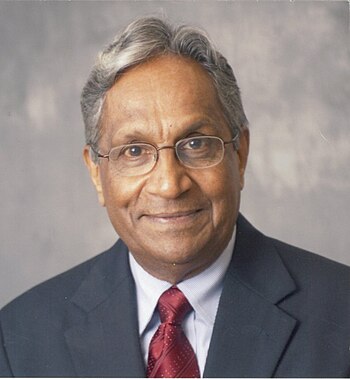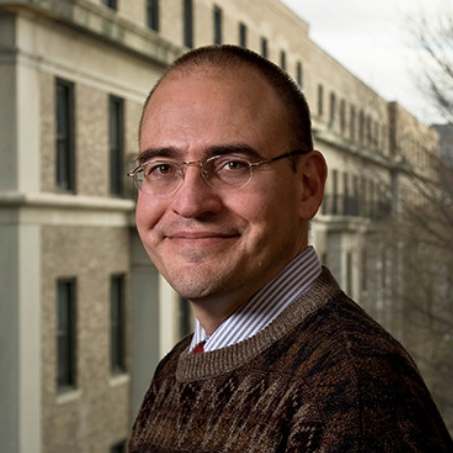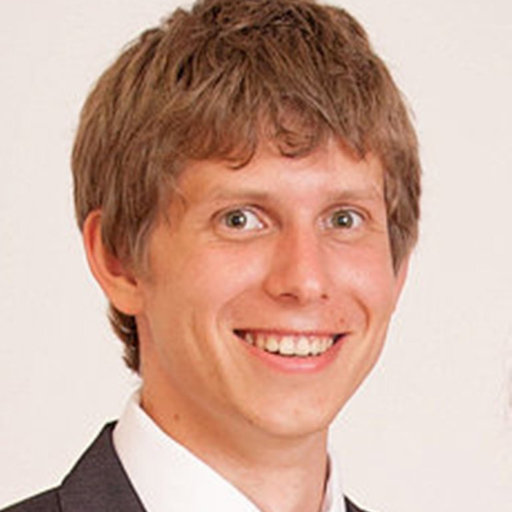Opening plenary talk

Prof. Doraiswami Ramkrishna, Harry Creighton Peffer Distinguished Professor of Chemical Engineering, Purdue University
"New Problems in Population Balances"
Plenary talks

Prof. Richard Braatz, Edwin R. Gilliland Professor of Chemical Engineering, MIT
"Population Balance Modeling for Emerging Biotherapeutic Products"
Abstract: This presentation describes recent advances in the application of population balance models (PBMs) to emerging biotherapeutic products. To provide some background and perspective, the talk begins with a brief summary of the application of PBMs to therapeutic proteins, including recent results on modeling of precipitation and crystallization for the capture and purification of monoclonal antibodies from clarified bioreactor culture. Then PBMs are described for the production of gene therapies and viral particles for viral and virus-like particle-based vaccines. Then PBMs are constructed for a recently invented process for gene therapy manufacturing in which crystallization is used to separate capsids (a type of macromolecular protein assembly) that contain a gene from capsids that do not. Then a spatially varying PBM is described for modeling the continuous manufacturing of mRNA-laden lipid nanoparticles for vaccine applications. The case studies will discuss insights obtained from the application of PBMs, and their application to process design and control.

Prof. Botond Szilágyi, Associate Professor, Budapest University of Technology and Economics
"PBMs in Industrial Crystallization Systems Engineering"
Abstract: This presentation will provide an overview of recent advances and ongoing challenges in applying population balance modeling to design industrial crystallization processes. First, a historical perspective will be presented, along with an exploration of typical integration strategies within the broader context of crystallization process analysis, design, and operation. A fundamental requirement for successful model-based design is the availability of a sufficiently accurate model tailored to the specific application. This leads to the first key topic of discussion: the challenges associated with model structure and parameter identification, which is a complex interplay between three critical factors—the quantity and quality of experimental data, the parameter estimation methodology, and the kinetics-dependent numerical stability and computational efficiency of numerical solvers. Once these challenges in model identification are addressed, the model can be effectively utilized to tackle well-defined practical problems. This will be demonstrated through case studies highlighting model-based optimization, process analysis, and design space determination for the crystallization of small organic molecules.